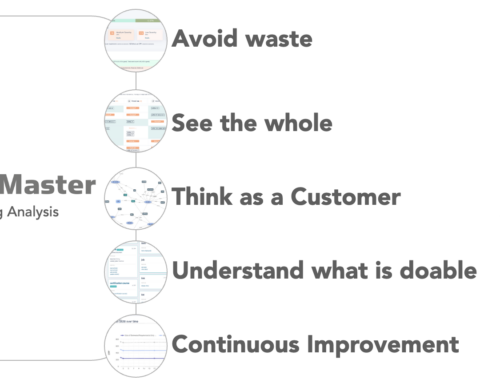Introduction to Stage Gates
A stage gates process (also known as phase gate) is a common control mechanism associated with IT projects in corporate IT departments. A series of conceptual checklists are defined, such that unless all of the component activities have taken place, the project may not be allowed to proceed to the next stage. Also described here.
Stage gate processes are mostly used by project managers, project management office personnel and business analysts. Typically each stage will have a checklist that must be followed. Projects must provide evidence of having performed certain checks, and gain approval before proceeding to the next stage or stage gate.
The Purpose of Stage Gates
The stage gates are intended to prevent projects ideas from becoming prematurely committed without adequate wider consultation across IT and the business. For example, to proceed from one gate to the next, the project manager will need to show (the PMO) that his project has had the necessary oversight, reviews and collaboration for that particular gate.
According to this PMI article, gates should address scope change and risk.
Sometimes gating processes are unsuccessful at delivering the necessary filtering effect (i.e. unready projects proceed, laden with risk) because of the poor effectiveness of the collaboration and scrutiny that takes place at each stage. Experience has shown that on software projects, measuring functional size is one of the most valuable things that you can do prior to development starting.
Early Visibility of Feasibility
Before committing substantial funds to a software project you need to know how much it is likely to cost and how long it might take to deliver the value. Three key questions that executives need to answer are:
- The value it will delivery
- The likely cost
- The likely time to implement
In order to answer these questions we need to understand: How big is it? and how much effort will it take to deliver. For these we need to consider these four key contributing factors
- Examine the requirements and estimate the (functional) size.
- Determine what is missing, and estimate the size of that too.
- Then on the plus side, estimate the business benefit of delivering the software changes
- Determine the feasibility of proceeding.
Once we know the final, or full size, we can determine a feasibility calculation. Remember if the conclusion is that the endeavour is bigger and more expensive than expected, this is very useful to know. Cancelling an unfeasible project before investing heavily is good business and the responsibility of management.
We can honestly say that in our experience there is no better tool to determine feasibility and “build-readiness” of a software endeavour than ScopeMaster.
Stage Gate Feasibility – Automated
And so we advocate using ScopeMaster to help with early stage project assessment in order to
- Improve the quality of thinking around requirements and
- Rapidly create, reliable size estimates.
- Determine the feasibility of the entire software endeavour

Early Risk Removal
By doing this you could improve the completeness of your scope definition, the quality of your requirements and have a reasonably reliable size estimate early on which to base plans and budgets. But most significantly, using ScopeMaster early will lead to you de-risking your projects early.





